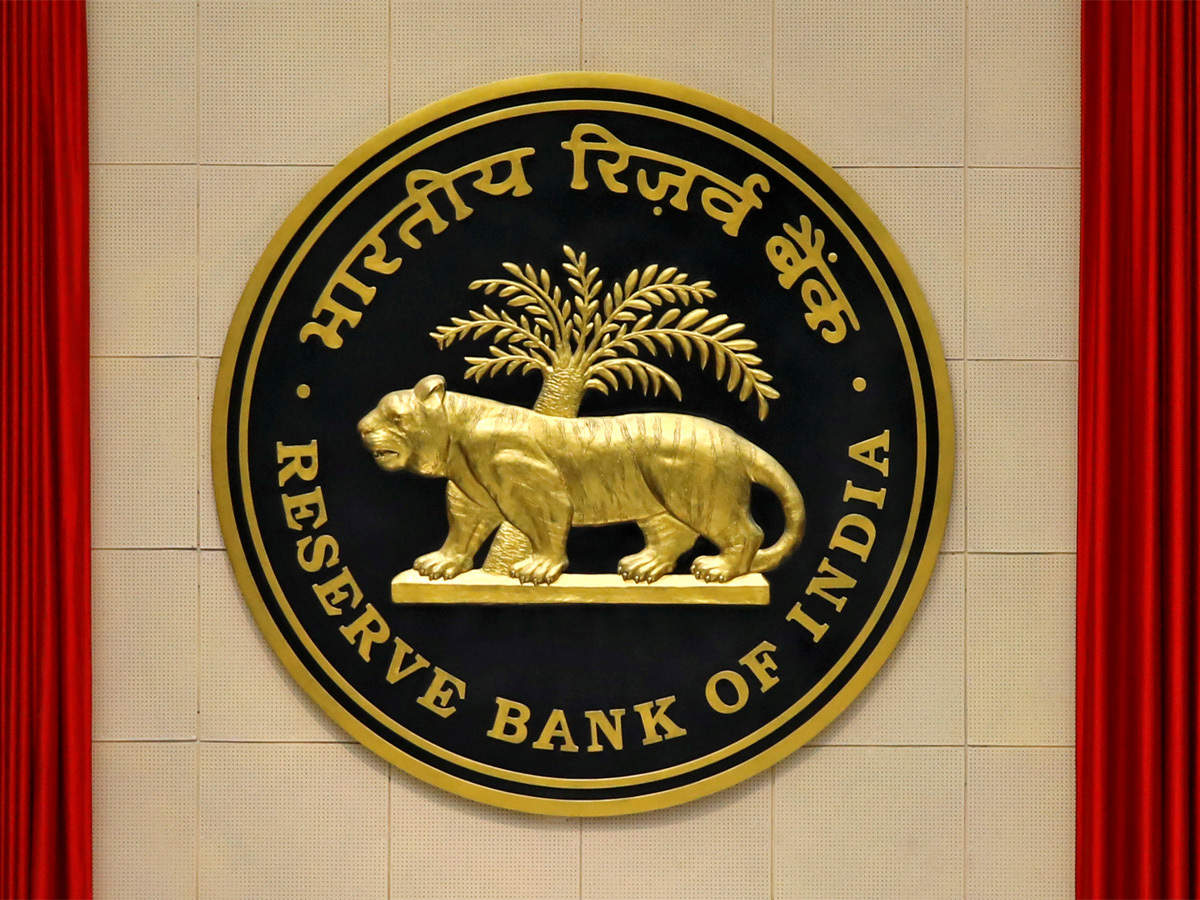Don't have an account?
Login to EaseMyDeal

2023-11-25
166
The recent regulatory changes by the Reserve Bank of India (RBI) aimed at tightening norms for consumer credit are poised to significantly impact the landscape of lending, particularly affecting fintech lenders in the country. The RBI's directive emphasizes the need for banks and Non-Banking Financial Companies (NBFCs) to reevaluate risk assessment for unsecured personal loans, marking a substantial shift in capital allocation and risk weightage.
Under the new guidelines, the RBI has mandated higher risk weights for unsecured personal loans, increasing it by 25 percentage points to 125 per cent for commercial banks. This move is intended to provide greater coverage for credit risk but simultaneously raises the cost of financing for banks and NBFCs. As a result, borrowers seeking unsecured loans will likely encounter higher interest rates, reflecting the increased expense incurred by lenders.
Nikhil Aggarwal, Founder & CEO of Grip, highlights the RBI's cautionary approach, indicating concerns over the exponential growth in disbursements within the unsecured loan segment. He suggests that while banks and NBFCs will experience the impact of heightened capital requirements, fintech lenders, especially those focusing on new-age lending and Peer-to-Peer (P2P) platforms, might face a more substantial rise in the cost of finance due to the nature of their operations.
Ameet Venkeshwar, Chief Business Officer at LoanTap, echoes this sentiment, emphasizing that the elevated risk weights will make lending in the unsecured segment more expensive for financial institutions. This shift in cost dynamics is expected to trickle down to borrowers seeking unsecured credit lines.
However, it's important to note that these regulatory changes do not encompass housing loans, education loans, vehicle loans, and gold loans. The RBI has exempted these specific categories from the increased risk weights, providing a degree of relief within these segments.
Moreover, the emphasis on credit card exposures sees a 25 percentage point increase in risk weights to 150 per cent for banks and 125 per cent for NBFCs. Aishwarya Jaishankar, Co-Founder and COO of Hyperface, interprets this move as a measure to curb excessive limit utilization by existing credit card users. She notes the emergence of RuPay Virtual cards linked to UPI as a potential avenue for expanding the new-to-credit card segment, thereby mitigating risks associated with heightened credit card usage.
Overall, these RBI regulations underscore a concerted effort to address the burgeoning growth in consumer credit and signal the importance of prudent risk management within the lending ecosystem. As RBI Governor Shaktikanta Das advised, banks and NBFCs need to reinforce internal surveillance mechanisms and implement safeguards to manage risks effectively in the consumer credit space

Write A Comment